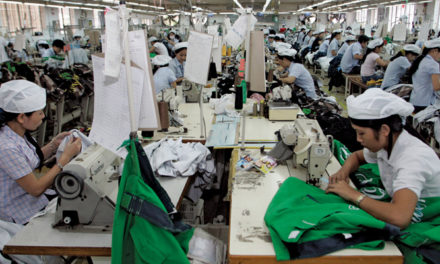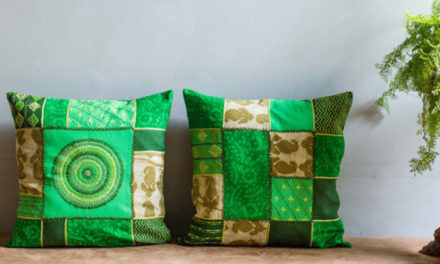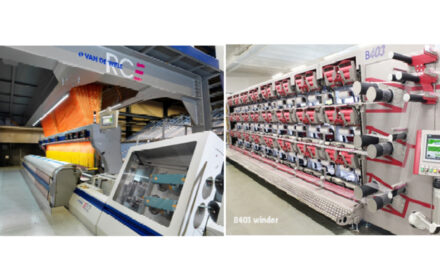 The global digital textile printing (DTP) market is growing at a fast pace of around 20 percent year-on-year and is expected to touch a level of 6,213.54 mn square metres in 2024 compared to the size of 3,580.87 mn square metres in 2021. DTP’s features like unlimited printing and flexibility are attracting entrepreneurs as well as end consumers.
The global digital textile printing (DTP) market is growing at a fast pace of around 20 percent year-on-year and is expected to touch a level of 6,213.54 mn square metres in 2024 compared to the size of 3,580.87 mn square metres in 2021. DTP’s features like unlimited printing and flexibility are attracting entrepreneurs as well as end consumers.
DTP has many advantages compared to the conventional printing method. The best aspect of digital printing technology is that there is no limitation on the usage of colours or repeat size. Multiple colour shades can be printed on the fabric at a time, which is not the case with traditional printing techniques. In addition to saving time and cost, DTP can also potentially produce millions of colours and shades.
The global DTP market was 2,435 mn square metres in 2019, which grew to 2,917.67 mn square metres in 2020 and 3,580.87 mn square metres in 2021, according to market insight tool TexPro. The DTP market is likely to grow to 4,314.96 mn square metres in 2022, 5,177.95 mn square metres in 2023 and 6,213.54 mn square metres in 2024, as per TexPro. The market size was 2,029.84 mn square metres in 2017.
Within DTP, the growth will be highest for textiles and clothing compared to segments like soft signage, home textiles and others. Digital printing in textiles and clothing will grow by 21.16 percent annually between 2019-2024, taking its market size to 4,358 mn square metres. Textiles and clothing segment will have 70 percent share out of total DTP market of 6,213.54 mn square metres in 2024.
Digital printing will grow 19.80 percent annually for soft signage to 956.22 mn square metres by 2024. Likewise, digital printing for home textiles will increase at 19.44 percent to 640.01 mn square metres. Other applications of digital printing will have a market size of 258.76 mn square metres in 2024 with annual growth rate of 17.45 percent.










